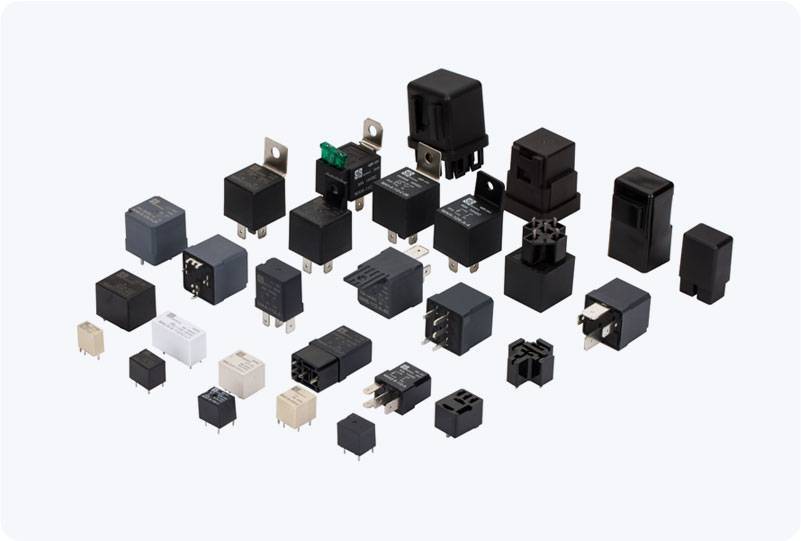Low Voltage DC Relays are essential components in various electrical and electronic circuits, providing reliable control and automation capabilities. These devices serve as electrical switches that open or close circuits in response to an input signal, typically a low voltage direct current (DC). In this article, we will explore the structure, operation, applications, and benefits of low voltage DC relays.

Structure and Components A low voltage DC relay consists of several key parts: Coil: This is an electromagnetic component that generates a magnetic field when an electric current flows through it. The coil is made of wire wound around a core, which enhances the magnetic field. Armature: The armature is a movable component that is attracted to the coil when it is energized, allowing it to make or break a connection with the electrical contacts. Contacts: Low voltage DC relays typically feature two types of contacts: Normally Open (NO) and Normally Closed (NC). NO contacts close when the relay is activated, allowing current to flow, while NC contacts open under the same conditions, interrupting the current.